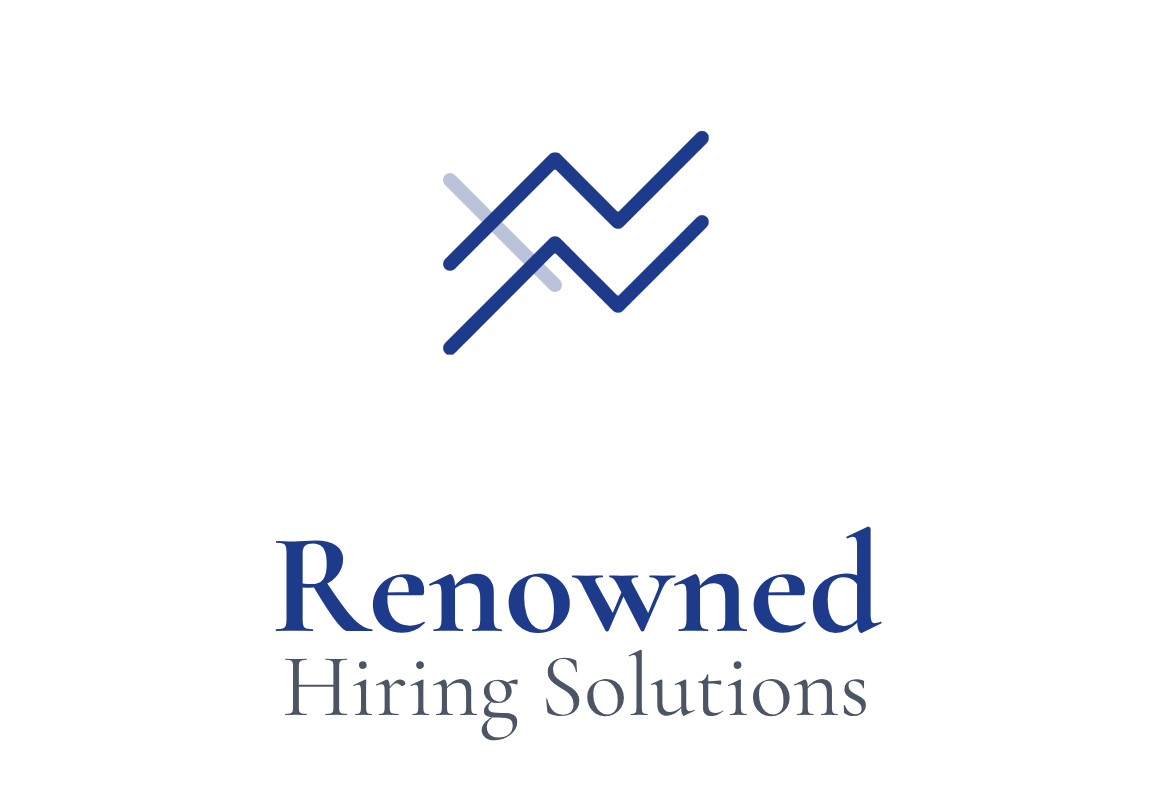In today’s competitive talent landscape, many organizations still view recruitment as a mere administrative task. However, this perspective overlooks a crucial truth: the efficiency and effectiveness of your hiring process are core strategic drivers of organizational performance, brand equity, and long-term profitability. A flawed recruitment process is not just an inconvenience; it’s a significant financial and cultural liability with compounding negative effects across your entire business.
At Renowned Hiring Solutions, we understand these challenges intimately. Let’s dive into how inefficient hiring processes can severely impact your organization.
The Direct Financial Drain: The “Bad Hire” Phenomenon
The most immediate and quantifiable cost of a poor recruitment process is the “bad hire.” This isn’t usually a one-off mistake but rather a predictable outcome of a process that prioritizes speed over quality or relies on intuition instead of evidence. The financial repercussions are substantial:
- Significant Direct Costs: A bad hire can cost up to 30% of that employee’s first-year earnings. For a mid-level manager earning $80,000, that’s a direct loss of $24,000. When factoring in all associated expenses, including lost productivity and replacement costs, some analyses place the total cost of a single bad hire as high as $240,000.
- Cascading Expenses: These costs go beyond the initial recruitment. They include re-posting the job, agency fees, internal recruiter time, pre-employment testing, and background checks. Furthermore, the time spent by hiring managers and interview panels, onboarding, and training costs for the new hire are entirely lost if they are a bad fit.
The Insidious Indirect Costs: Productivity, Morale, and Turnover
Beyond the direct financial hit, a flawed hiring process inflicts long-term damage on your organization’s productivity, employee morale, and brand equity.
- Lost Productivity and Burnout: A bad hire can significantly drag down an entire team. Actively disengaged employees, often a result of poor hiring decisions, cost U.S. businesses hundreds of billions annually in lost productivity. When a new hire can’t pull their weight, responsibilities shift to high-performing colleagues, leading to stress, burnout, and disengagement among your top talent.
- The “Turnover Vicious Cycle”: An inefficient or biased recruitment process can trigger a destructive pattern:
- A bad hire underperforms, requiring excessive time from managers for oversight and correction.
- This increased workload erodes the morale of dedicated employees.
- Disillusioned high performers seek opportunities elsewhere.
- New vacancies emerge, forcing rushed hiring decisions that perpetuate the cycle of poor hires. Essentially, a flawed process doesn’t just fail to attract good talent; it actively drives existing good talent out the door.
The Ripple Effect on Key Recruitment Metrics
The health of your recruitment process is directly reflected in your Key Performance Indicators (KPIs). Inefficiencies create a negative ripple effect across these metrics:
- Time-to-Hire: A slow, drawn-out hiring process directly diminishes the quality of your applicant pool and lowers the Offer Acceptance Rate for top candidates. Top-tier talent won’t wait, and they’ll accept offers from more agile competitors.
- Offer Acceptance Rate (OAR): A low OAR (<80%) is a significant red flag, signaling issues like non-competitive compensation, a poor candidate experience, or a disconnect between the job description and the role’s reality. A low OAR also directly inflates your Cost-per-Hire, as resources invested in declined offers are wasted.
- Quality of Hire (QoH): This crucial metric, assessing the value a new employee brings, is systematically degraded by process flaws like a lack of structured assessment methods and unconscious bias. Rushed decisions to fill roles quickly often lead to mis-hires, resulting in low QoH and high first-year attrition rates.
The Candidate as a Customer: Impact on Employer Brand
In the modern talent market, candidates are consumers of employment opportunities, scrutinizing potential employers like they would any brand. The candidate experience has become a critical strategic function.
- Direct Impact on Offer Acceptance: A positive candidate journey significantly increases offer acceptance rates. Conversely, a substantial percentage of job seekers decline offers due to negative experiences such as poor communication or unclear expectations.
- The Digital Megaphone: Dissatisfied candidates don’t stay silent. An overwhelming majority of candidates with a negative hiring experience will share it publicly or with their networks. Platforms like Glassdoor amplify these experiences, making your recruitment process a public performance that shapes your company’s reputation and ability to attract future talent.
- Reputation Tax: Negative online reviews act as a “reputation tax,” deterring a significant portion of job seekers from even applying to certain companies. This shrinks your talent pool and forces you to expend more time, money, and effort to attract candidates. A strong online brand, however, leads to a much larger pool of qualified applicants.
Strategic Recommendations for Transformation
Transforming your recruitment process from a liability into a strategic asset is achievable, but it requires deliberate, sustained effort and executive-level commitment. Here at Renowned Hiring Solutions, we advocate for these key strategic initiatives:
- Establish a Data-Driven Foundation: You cannot manage what you don’t measure. Implement a system to track and analyze key recruitment KPIs like Time-to-Fill, Time-to-Hire, Cost-per-Hire, Quality of Hire, Offer Acceptance Rate, and Candidate Net Promoter Score (cNPS). This data will serve as your baseline for measuring improvement.
- Mandate Structured Interviewing: This is arguably the most impactful change you can make. Structured interviews, with predetermined, job-related questions and consistent scoring rubrics, are nearly twice as effective at predicting job performance and significantly reduce unconscious bias. This requires developing standardized interview guides and making training mandatory for all involved in hiring.
- Launch Unified and Mandatory Training Programs: Invest in building the capabilities of your recruiters and hiring managers.
- For Recruiters: Train them to be strategic talent advisors who are proficient in data analysis, technology, and proactive sourcing.
- For Hiring Managers: Mandatory training should cover legal compliance, bias mitigation, the mechanics of structured interviewing, and their critical role in shaping the candidate experience.
By embracing these strategic recommendations, your organization can transform its recruitment process from a source of risk and inefficiency into a powerful engine for growth and a sustainable competitive advantage in the enduring war for talent. Learn more about how Renowned Hiring Solutions can help you optimize your hiring process at www.renownedhiringsolutions.com.

